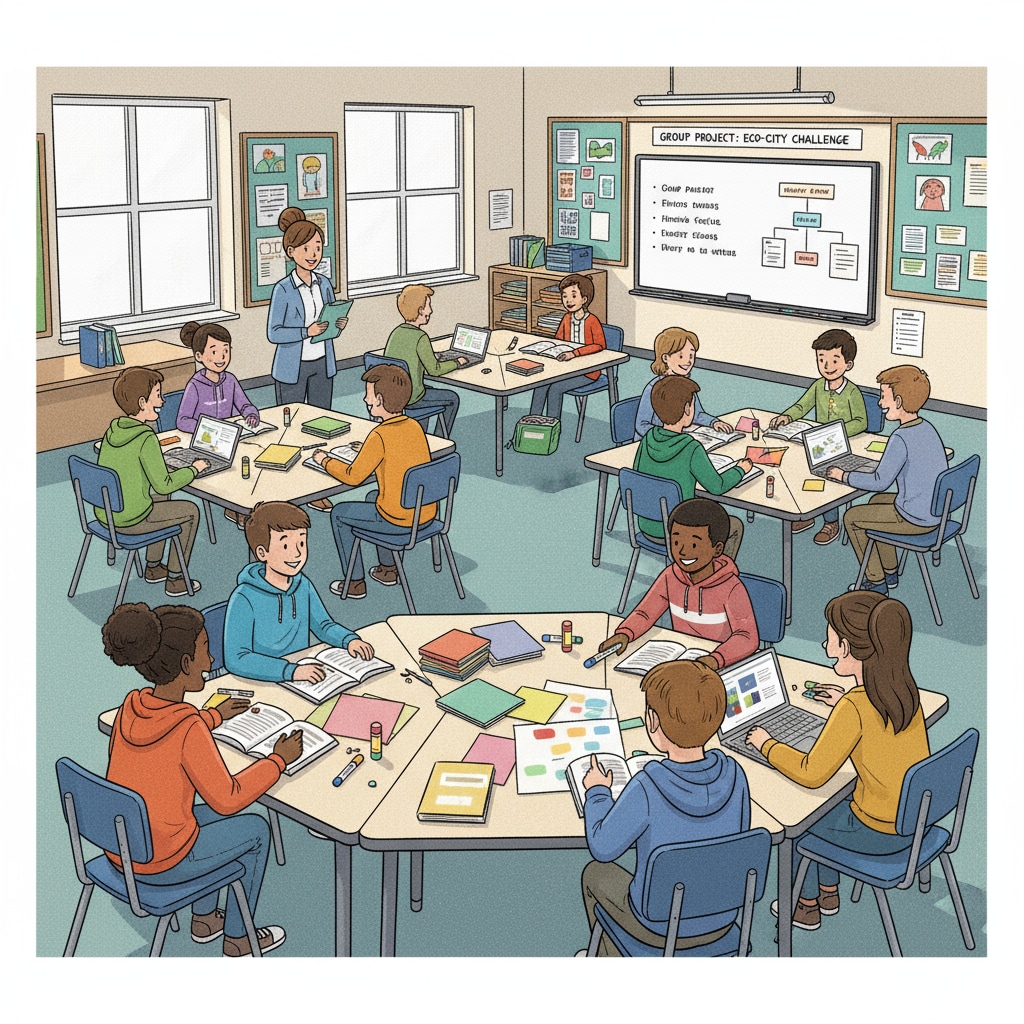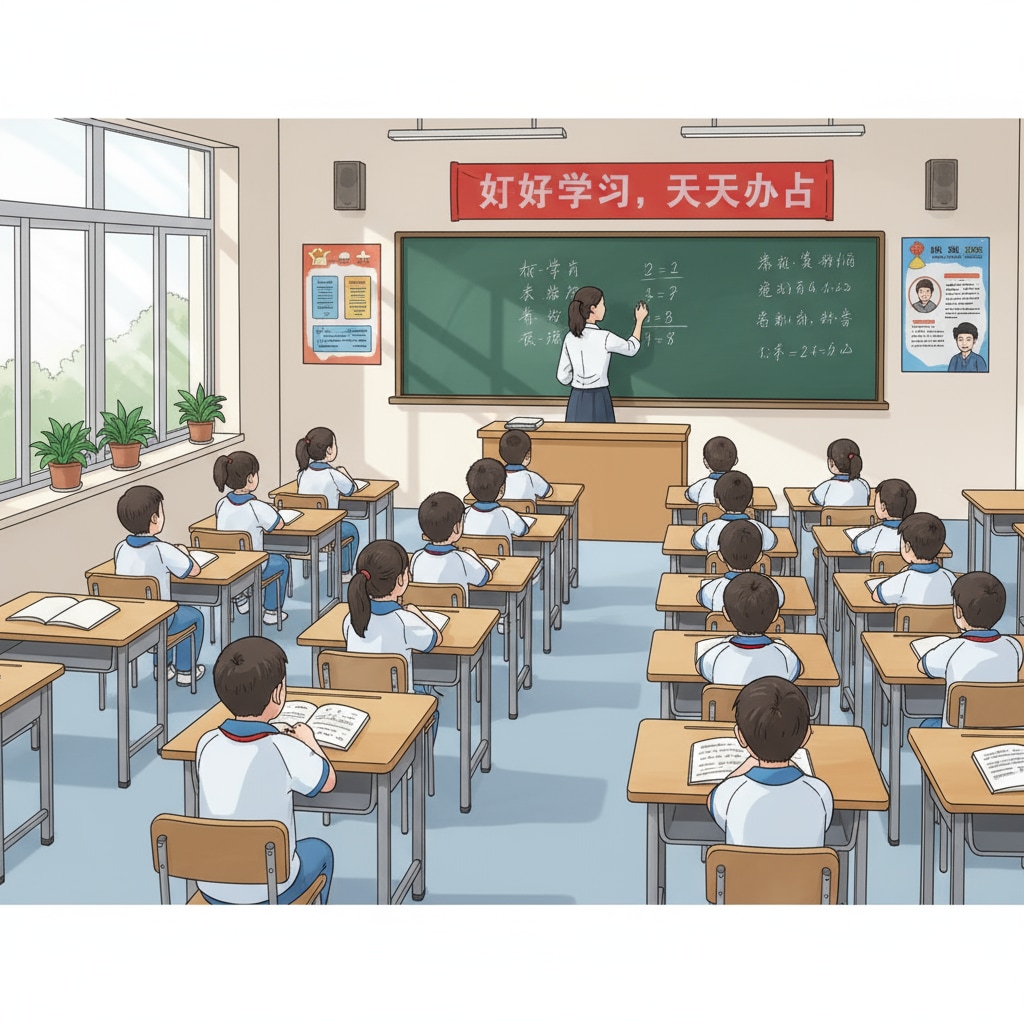The education systems in the United States and China, especially in the K12 realm, have long been subjects of interest, with significant differences in education systems, US and Chinese education, and learning pressure. These differences shape the development of students in unique ways.

Educational Philosophies: Nurturing Independence vs. Academic Rigor
In the US, the educational philosophy often emphasizes nurturing students’ independence, creativity, and critical thinking skills. Teachers encourage students to ask questions, explore their interests, and develop a well-rounded personality. For example, project-based learning is widely adopted, where students work on real-world projects, fostering their problem-solving abilities. On the contrary, the Chinese education system places a strong emphasis on academic rigor. Students are expected to master a vast amount of knowledge in core subjects such as mathematics, science, and language arts. This approach aims to build a solid foundation for future academic and professional success.
Curriculum Design: Breadth vs. Depth
The US K12 curriculum offers a broad range of subjects, allowing students to explore various fields. Besides core academic subjects, there are extensive elective courses in art, music, physical education, and vocational studies. This provides students with opportunities to discover their passions. In contrast, the Chinese curriculum focuses more on depth in core subjects. The content is more concentrated and advanced in areas like math and science, preparing students for highly competitive college entrance exams.

Moreover, in the US, there is an emphasis on experiential learning, with field trips, internships, and hands-on experiments being integral parts of the curriculum. In China, while practical activities are also included, the curriculum mainly revolves around textbooks and classroom teaching. This difference in curriculum design impacts students’ learning experiences and outcomes.
Readability guidance: As seen, we’ve used short paragraphs to present clear ideas. The two H2 sections each have a list-like structure to highlight key points. We’ve also maintained a good balance of sentence lengths and incorporated transition words like ‘contrary’, ‘for example’ to enhance readability.


